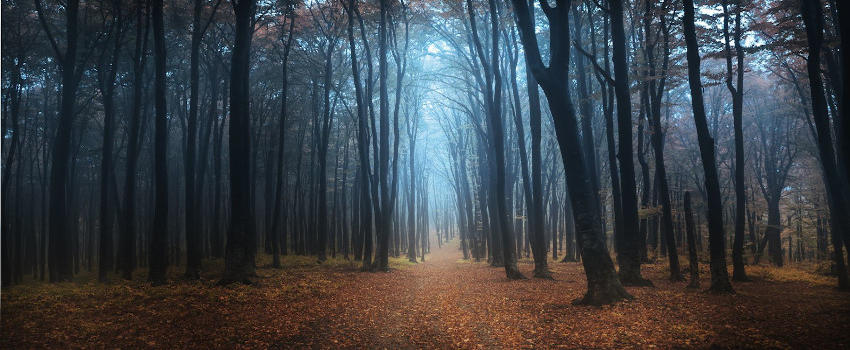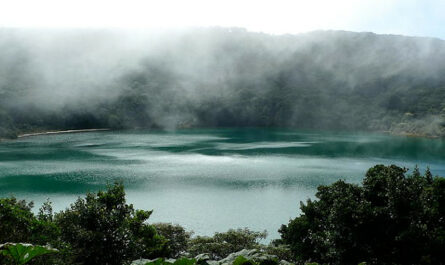You may know it as Bigfoot, Sasquatch, skunk ape or a myriad of other names. They all describe arguably the most popular cryptid creature in the world. Stories about large, hairy man-like creatures roaming wild areas of North America have been told for generations by indigenous cultures across the continent. These myths and legends have permeated modern media to become an enduring part of pop culture.
Yet, despite all the attention and attempts to definitively identify and catalogue this creature, it remains elusive and relegated by many to the mists of folklore and overactive imaginations. Even in the face of a growing mountain of evidence including thousands of footprint casts, eye witness accounts and possible hair samples, many believe this animal simply does not exist.
Do you believe in Bigfoot? To me , that is a polarizing question. Ask it at a party and watch those around you roll their eyes and wonder how many trips to the bar you’ve made. Perhaps a better question might be, “Do you think it’s possible that a large primate could live undiscovered in the vast remote wilderness areas of North America?”. To me, this is a far more interesting question. It leads to the discussion of what conditions would need to exist for such a creature to live.
However, before we can examine the possibility, we first need to define what Bigfoot is believed to be. By all accounts, Sasquatch are large bipedal ape like animals. Reported sizes typically range from 6 – 12 feet tall and weighing 500 – 1,000 pounds. For comparison the average silverback mountain gorilla stands at 5 feet tall and weighs around 350 pounds. The creature we’re talking about is a pretty large animal. So, given this size, could such a beast live undetected?
This comes down to satisfying three criteria; is there adequate habitat? Is there adequate food sources? Is there adequate numbers to maintain a stable breeding population? Let’s take a look.
Adequate Habitat
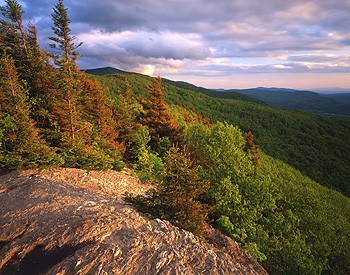
In 2018 The Wildlife Conservation Society reported that 70 per cent of the world’s wilderness is located in just five countries. Canada came in 2nd on the list and the United States came in at number 5.
While I found it surprisingly difficult to find actual statistics, it is estimated that there are 2.5 million square miles of forested areas between the US. and Canada. Even if we assume that less than half of these areas are considered “remote”, that’s still 1 million square miles. To me, this would seem like more than enough room to hide.
Also consider that many, if not most, sightings are in areas that are not considered remote. These areas are adjacent to urbanized areas. The potential habitat available is immense. For perspective, the land area of Australia is 2.9 million square miles.
Available Food Supply.
When evaluating whether or not there is adequate sources of food for a 1,000 pound ape-like creature, we need to start making some assumptions.
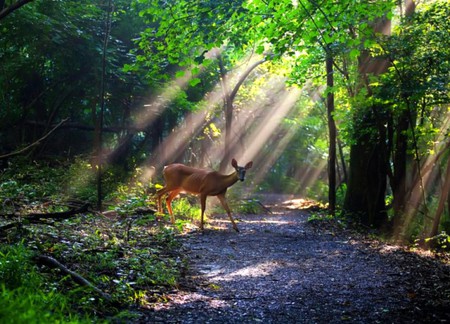
Known species of great apes are primarily vegetarian. Even the largest mountain gorillas have a diet consisting of mostly fruits, bamboo shoots and other plant material. They only occasionally supplement their diet with protein sources such as insects, birds and small animals. This diet works well in tropical environments where there is an abundance of vegetation all year. That’s not the situation in North America. Try finding fresh berries in the wilds of Canada in January.
So how could a large ape obtain enough calories to survive harsh winter climates in North America? I believe there are three possibilities;
- They hibernate during the winter. Much like bears, perhaps they hibernate during the winter months, or are only active for brief periods of time. While possible, this does seem unlikely. Sightings have been recorded at all times of the year.
- They migrate. Like many other animals, perhaps they migrate, following seasonal patterns and move south ahead of freeze up.
- They’ve adapted to a more omnivorous or primarily carnivorous diet. Life finds a way and perhaps Sasquatch have adapted to whatever calories are available, evolving to where meat makes up a predominant portion of their diet.
This is all speculation, of course. I suspect the case may actually be a combination of 2 and 3. It seems likely that these animals would need to take advantage of whatever resources are available to sustain such a large body mass. It also seems a widely held belief is that Bigfoot regularly feeds on large prey animals such as deer and elk.
Given the diversity that can be found in North American wilderness, it would be easy for an intelligent, adaptable and opportunistic creature to find enough food by occupying multiple environmental niches.
Stable Breeding Population
Why is this important? Simply put, if there are not enough individuals to sustain population numbers and genetic diversity, a species will eventually become extinct. A species must have enough population to reproduce and replenish itself.
How many is enough? That’s a great question. I don’t know. I found it nearly impossible to find any information on how large a species population must be to be stable. I can only put forth my theories and hypothesize. Please comment below if you have any additional insights.
I believe there are many factors to consider when trying to estimate how large the Sasquatch population might be. Do they migrate long distances? Are they territorial? Do they maintain family groups or are they solitary? All things we really do not know. Let’s make some assumptions and come up with some numbers.
Let’s assume that they maintain “home ranges” like mountain gorillas. With a typical home range of 10 square miles within a possible habitat size of 2.5 million square miles between the US. and Canada, we’re looking at enough space for 250,000 solitary individuals and more if they maintain family groups. That’s a lot! It’s also not likely.
Because food resources are more scarce than in a tropical jungle, and because body mass is perhaps double, or more, than a mountain gorilla, let’s assume the home ranges are significantly larger. I’m going with something reasonable like 25 miles x 25 miles, or 625 square miles. Given a potential habitat of 2.5 million square miles, that’s enough space for 4,000 individuals. If they live in family groups, let’s increase that to a total population of 15,000 to 20,000. That’s a lot more reasonable.
To be ultra-conservative, let’s say only half of potential habitat is actually suitable for whatever reason. Actual habitat pockets are too small, or too close to civilization or too harsh, etc. At 1.25 million square miles, that’s still a population of 7,000 to 10,000 Sasquatch roaming North America.
Perhaps this doesn’t seem like a lot now, and not enough for a stable population. Keep in mind that there are only an estimated 55,000 grizzly bears in North America and of those, only 20,000 are outside Alaska. There’s actually less than 2,000 left in the lower 48 States. Seems a lot more plausible now, doesn’t it? Considering the estimated population of mountain gorillas in the wild is less than 1,000, it’s extremely plausible that there could be a stable population of Bigfoots in North America.
Conclusion
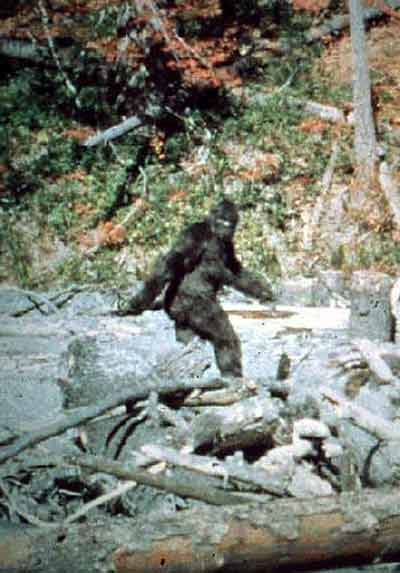
At the beginning we asked the question, “Do you think it’s possible that a large primate could live undiscovered in the vast remote wilderness areas of North America?”
Based on the amount of potential habitat, available food supply and potential population, I would say yes, it is possible.
All of this is theory and hypothesis. Nobody truly knows for certain. If you do accept my assumptions and combine them with the centuries of anecdotal evidence, there is a pretty compelling case. A case that does seem to warrant dedicated study and real scientific investigation.
Leave your thoughts in the comments below. Share your Bigfoot encounters, if you’ve had one and stay tuned for more articles that explore this, and other cryptid legends.

